Tags: Comet
Christmas Comet: C/2021 A1 Leonard Will Fly Near Earth and Cross Paths with Venus; No Meteor Shower Expected
Comet ATLAS: This Cosmic Flop Might Have Been a Spectacular Sight to Civilizations
Over 100 Trillion Objects at the Oort Cloud Icy Edge of the Solar System Are From Interstellar Space Like Comet 2I/Borisov
Solar System May Be Full of Interstellar Objects Than Previously Thought
Comet Atlas Helps NASA Trace Back to Stone Age When Ancient Egyptians First Saw It 5,000 Years Ago
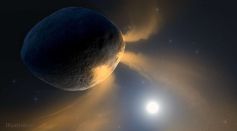
Asteroid 3200 Phaethon Has a Comet-Like Tail That Fizzes Near the Sun, Here's Why
Comet ATLAS: What Happened to Its Tail Now That It's No Longer Tailing Anything?
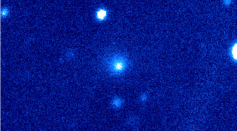
Comet Bernardinelli-Bernstein Will Make a Near-Earth Approach in 10 Years, Looks Like a Beautiful Dot in Image
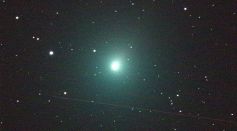
Go Home Comet Wirtanen, You're Drunk! Unusually Alcoholic Star Exhibits Some Weird Behavior

NASA's Near-Earth Object Surveyor Space Telescope Now One Step Closer to Reality
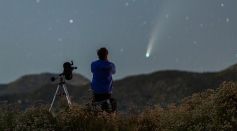
Solar System Is Expecting a Visitor From the Oort Cloud Soon; Could It Be Among the Largest Comets Yet?

Weird 4,000-Year-Old Comet Cause Meteor Showers Detected by Scientists

Comets Are Low-Key Metals; Here's What Scientists Found in an Interstellar Discovery

Eta Aquarids May 2021: Meteor Shower to Illuminate the Sky With Shooting Stars
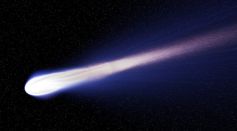
NASA Hubble Space Telescope Spots 400,000-Mile Long Tail Comet Parking Near Jupiter
Cometary Aurora May Provide Clues on Solar Wind & Space Weather
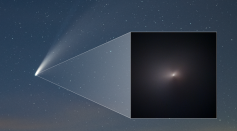
Hubble Space Telescope Captures Comet NEOWISE at its Brightest

Comet Formed in One of the Coldest Space Environments Has a 100,000-mile Long Tail

Hurry! Watch the Upcoming Lyrid Meteor Shower With These Three Best Budget Telescopes

April Pink Supermoon and Other Rare Celestial Events To Look Forward!
Most Popular

Largest Known Volcanic Aquifer Discovered Beneath Oregon's Cascades

New 'Supergiant' Sea Bug Found in South China Sea, Named After Darth Vader

Mediterranean Sea Was Refilled by a Catastrophic Flood Millions of Years Ago

Mysterious Cosmic Waves That Sound Like Birds Detected in Unexpected Space Region




